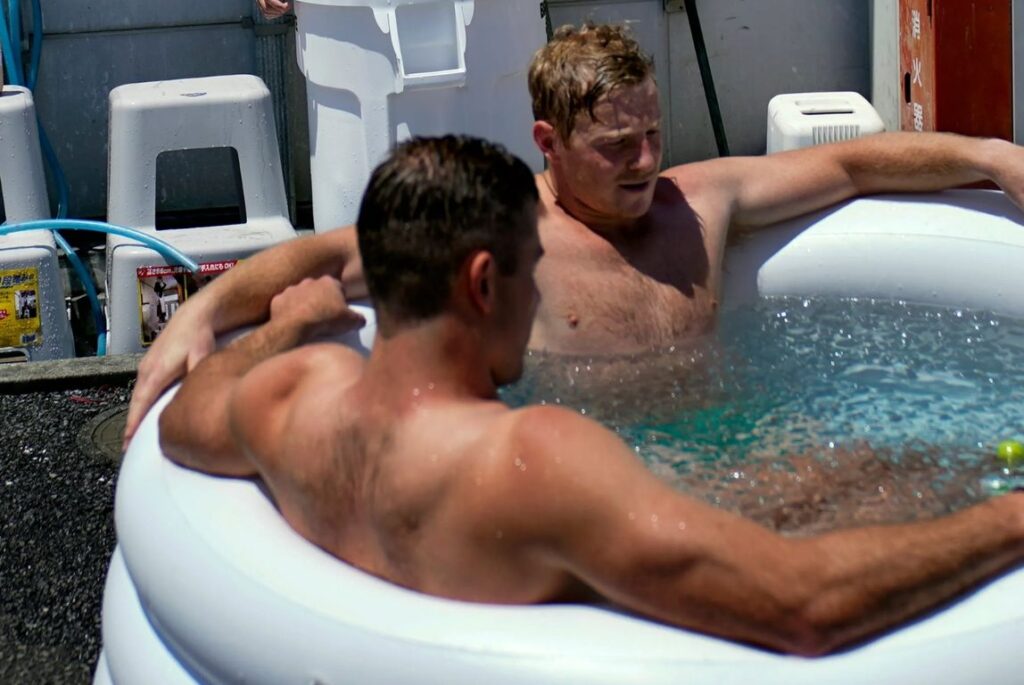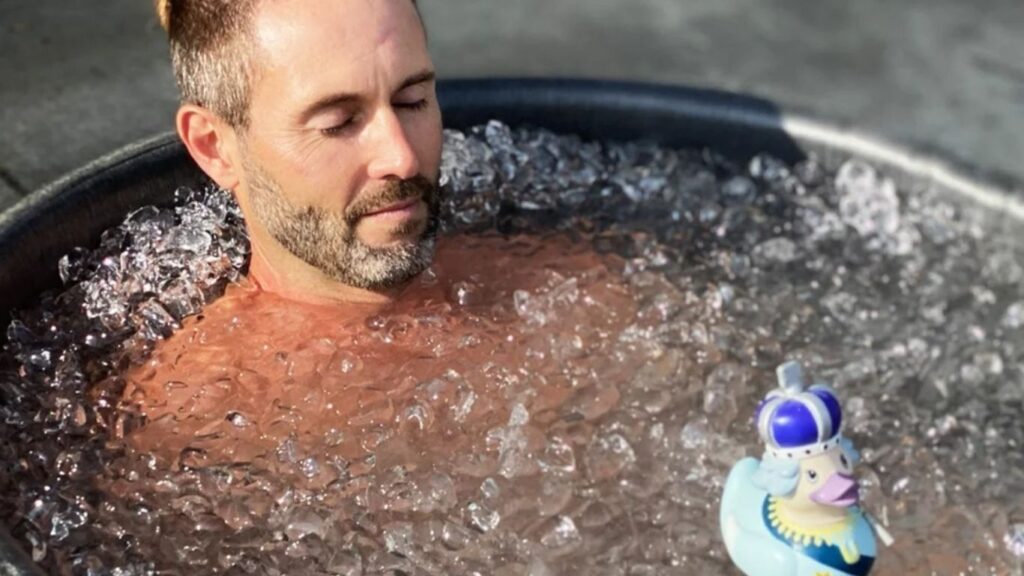Ice baths, a popular form of Cold Water Immersion (CWI), are increasingly utilized by athletes and fitness enthusiasts to enhance muscle recovery and boost performance. This technique involves immersing the body in cold water, typically ranging from 35°F to 55°F, which triggers a variety of physiological responses. The cold temperature causes blood vessels to constrict, reducing inflammation and muscle soreness after intense physical activity. Once the body is removed from the cold environment, blood vessels dilate, promoting circulation and the removal of metabolic waste, such as lactic acid. This process aids in faster recovery and allows for more frequent and intense training sessions. In this blog, we’ll delve into the science behind ice baths, explore their key benefits, and offer practical tips for incorporating this recovery method into your routine.
Cold Therapy: How Ice Baths Enhance Muscle Recovery and Performance
The Science Behind Ice Baths
When you immerse your body in an ice bath, the cold temperature causes blood vessels to constrict, a process known as vasoconstriction. This leads to a reduction in blood flow to the muscles, which can help decrease inflammation and swelling that often occur after intense workouts. Once you exit the ice bath, your blood vessels dilate, promoting increased blood flow and helping to flush out metabolic waste products such as lactic acid, which contributes to muscle soreness.
Moreover, the cold exposure triggers a reduction in nerve conduction velocity, which can decrease the sensation of pain and discomfort. This is particularly beneficial in managing delayed onset muscle soreness (DOMS), a common issue following strenuous exercise.
Benefits of Ice Baths for Muscle Recovery

- Reduction of Muscle Soreness and Inflammation: Ice baths are effective in reducing muscle soreness and inflammation. The cold temperature helps minimize the inflammatory response by constricting blood vessels, thereby reducing the flow of inflammatory markers to the muscles. This can accelerate the healing process and allow athletes to return to training sooner.
- Enhanced Recovery Time: By reducing inflammation and muscle soreness, ice baths enable faster recovery times. Athletes who engage in high-intensity training or competitions can benefit from quicker turnaround times between sessions, maintaining performance levels and reducing the risk of overtraining.
- Improvement in Neuromuscular Function: Some studies suggest that cold water immersion can improve neuromuscular function, which is crucial for maintaining power and coordination during subsequent training sessions. This effect is particularly relevant for sports that require repeated bouts of high-intensity activity.
- Psychological Benefits: The shock of cold exposure can stimulate the release of endorphins, the body’s natural “feel-good” hormones. This can lead to improved mood, reduced stress levels, and a greater sense of well-being, all of which contribute to mental resilience and focus.
Considerations and Best Practices
While the benefits of ice baths are well-documented, there are several considerations to keep in mind:

- Timing and Duration: Ice baths are most effective when taken within 30 minutes to 2 hours post-exercise. The recommended duration is typically 10-15 minutes, as prolonged exposure can increase the risk of hypothermia and frostbite
- Individual Tolerance: Cold exposure is not suitable for everyone. Individuals with certain health conditions, such as cardiovascular issues or Raynaud’s disease, should avoid ice baths. It’s important to consult with a healthcare professional before incorporating ice baths into a recovery routine
- Potential Long-Term Effects: While short-term benefits are clear, the long-term effects of regular ice bath use are still under research. Some studies suggest that excessive use may impair muscle adaptation and strength gains, making it important to use this recovery method judiciously
- Alternative Methods: For those unable or unwilling to take full ice baths, cold showers or partial immersion can still provide some of the benefits of cold therapy. These alternatives are easier to access and can be a good starting point for those new to cold exposure
Conclusion
Ice baths are a valuable recovery tool for athletes, providing benefits such as reduced muscle soreness, decreased inflammation, enhanced neuromuscular function, and improved psychological well-being. However, they should be integrated into a broader recovery strategy that includes proper nutrition, hydration, and rest to maximize their effectiveness. Understanding the underlying science and adhering to best practices is essential for athletes to make informed decisions about incorporating ice baths into their recovery routines, ensuring they enhance performance without compromising long-term muscle adaptation or overall health.
Also read: A Complete Guide to Aromatherapy with Essential Oils
